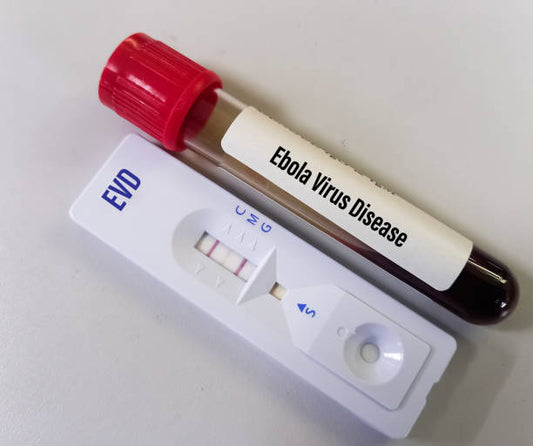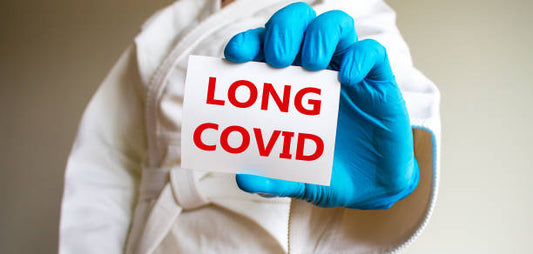Squamous Cell Carcinoma (SCC) is a common form of skin cancer characterized by the uncontrolled growth of abnormal squamous cells. It typically develops on the skin but can occur in other areas of the body. In this comprehensive guide, we will delve into the essential aspects of SCC, including its causes, diagnosis, and treatment options.

Understanding Squamous Cell Carcinoma (SCC)
1. What Is SCC?- SCC is a type of skin cancer that originates in squamous cells, which are thin, flat cells found in the outermost layer of the skin, as well as in various mucous membranes. These cells are responsible for the skin's flexibility and play a protective role.
- While the exact cause of SCC is not always clear, several factors can increase the risk of its development, including:
- UV Exposure: Chronic exposure to ultraviolet (UV) radiation from the sun or tanning beds is a primary risk factor.
- Fair Skin: Individuals with fair skin have a higher susceptibility to UV damage.
- Age: SCC is more common in older individuals, often appearing in their 50s or 60s.
- Immunosuppression: A weakened immune system, such as due to certain medical conditions or medications, can increase the risk.
- SCC typically presents as a firm, red nodule, a flat sore with a scaly crust, or a new growth that looks wart-like. It can occur on various areas of the body, including the face, ears, neck, lips, and backs of hands.
Diagnosis of SCC
Prompt and accurate diagnosis is essential for effective treatment. The diagnosis process typically involves the following steps:
1. Clinical Examination: A healthcare provider will examine the suspicious area, considering its appearance, location, and any accompanying symptoms.2. Biopsy: If a lesion appears suspicious, a biopsy is performed. This involves the removal of a small tissue sample for laboratory analysis to confirm the presence of SCC.
3. Imaging: In cases where SCC might have spread beyond the skin, imaging tests like CT scans, MRI, and PET scans may be used to assess the extent of the cancer.
Treatment Options for SCC

The choice of treatment depends on the stage of SCC, its location, the patient's overall health, and their preferences. Treatment options include:
1. Surgery:
2. Mohs Surgery: A specialized surgical technique that is highly effective for removing skin cancer with minimal damage to healthy tissue.
3. Radiation Therapy: High-energy X-rays are used to target and destroy cancer cells. This approach is suitable for cases where surgery is not ideal.
4. Cryosurgery: Liquid nitrogen is applied to freeze and destroy precancerous and cancerous lesions.
5. Topical Medications: Creams or ointments containing medications like imiquimod or 5-fluorouracil are applied to the skin to treat superficial SCC.
6. Targeted Therapy and Immunotherapy: In advanced cases or when SCC has spread, targeted drugs and immunotherapies may be used to slow cancer growth and enhance the immune system's ability to fight the cancer.
7. Chemotherapy: This is rarely used for SCC, typically in cases of metastatic SCC or when other treatments have not been successful.
It's important to consult with a healthcare provider or dermatologist for a personalized diagnosis and treatment plan if you suspect or are diagnosed with SCC. Early detection and treatment significantly improve the prognosis and reduce the risk of complications.
Author: Nikita Vishnoi BCA
Reviewed by: Dr. Varsha Singh Bhati












